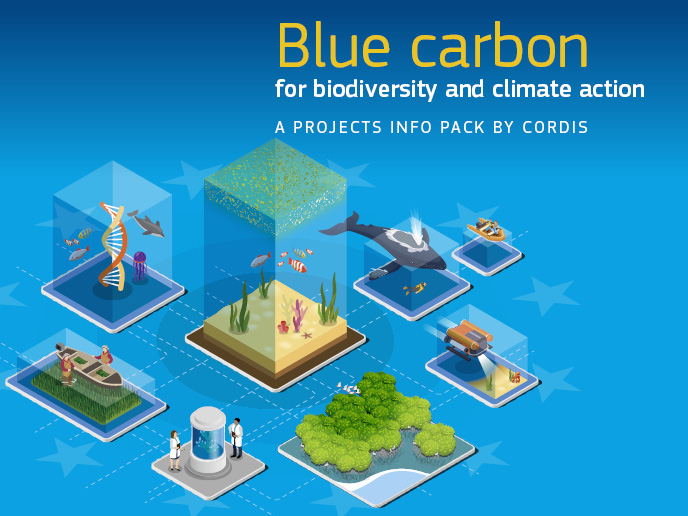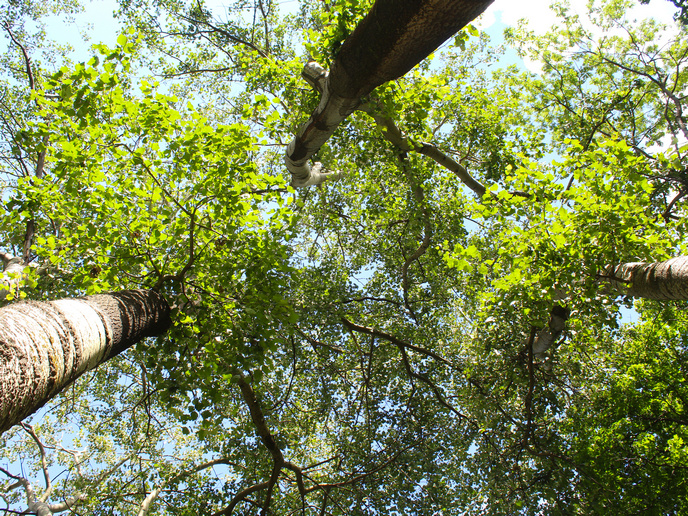Viral plant probe could help drive crop productivity
Small RNAs(opens in new window) (sRNAs) are molecules found within plants that are involved in virtually every regulatory process. They control responses to both internal and external stimuli for example, and modulate growth. They also play a critical role in the spread throughout a plant of RNA interference(opens in new window) (RNAi), a genetic regulatory system that acts to silence the activity of specific genes. “sRNAs are mobile molecules,” explains GeminiDECODER project coordinator Eduardo Bejarano from the Institute for Mediterranean and Subtropical Horticulture ‘La Mayora’(opens in new window) in Spain. “Their mobility – and diversity – has made it challenging to fully identify and characterise them, as well as their potential RNA targets.” These challenges have limited our understanding of several important plant processes; for example, how local responses in plants are transformed into systemic ones. This process is key to triggering plant defences against nutrient or water deprivation, or disease.
Plant virus-derived protein probes
The GeminiDECODER project, which was supported by the Marie Skłodowska-Curie Actions(opens in new window) programme and coordinated by the University of Malaga(opens in new window) (website in Spanish) in Spain, sought to develop new ways of isolating and characterising these mobile sRNAs and their potential target RNAs. “To do this, we followed a completely new approach – using plant virus-derived proteins as probes to detect sRNAs with unprecedented resolution,” explains Bejarano. This technique, believes Bejarano, could help scientists to better isolate mobile sRNAs and their targets in different plants, and could have potential applications in the regulation of crop productivity.
Role of proteins in developmental processes
To achieve these aims, the project genetically engineered plants to accumulate a viral protein called C4. The protein from the tomato yellow leaf curl virus (TYLCV, Geminivirus) was selected, because of its ability to interfere with the movement of sRNAs. “The presence of C4 in plants interferes with the movement of mobile sRNAs,” adds Bejarano. “This means that mobile sRNAs can no longer reach their usual locations, and the RNAs marked for degradation will no longer be silenced.” Through analysing abnormal accumulation levels of RNAs, Bejarano was able to identify putative RNA targets for mobile sRNAs. He was also able to gather information about the identity of the specific mobile sRNA in question. Once these target genes were identified, Bejarano was able to analyse their biological function. “As proof of concept, we applied C4 to analyse the root tissue patterning determined by mobile sRNAs,” says Bejarano. “This allowed us to expose the role played by certain plant proteins promoting sRNA movement and controlling developmental processes in plants.”
Optimised sustainable crop production
GeminiDECODER has made several important discoveries through the use of C4 as a potential mobile sRNA probe. New putative mobile sRNA/target pairs have been isolated, and await confirmation and biological characterisation. “RNAi is fundamental to most regulatory mechanisms in plants,” notes Bejarano. “This project could therefore help to open up new research avenues.” At the practical level, identifying plants in nature that express higher or lower levels of a specific sRNA, could help to explain why they might exhibit improved resistance against pathogens, drought or nutrient starvation. “This topic is paramount for an ever-growing world population, when crop production needs to be optimised and conducted in green, sustainable ways,” says Bejarano.







